
Restriction-free music courtesy of Epidemic Sound. Sign up here: Epidemic
Compact, full-range, cinema zooms covering full frame sensors at an affordable price are rare. Could it be that the lens gods heard all our prayers? Let’s dive into our review of the Laowa Ranger 28-75mm and 75-180mm!
As a documentary filmmaker shooting mostly on full-frame cameras, I am facing a constant battle: What is the best zoom to use to stay decently small with my kit, and still be able to cover the full zoom range that I need? Usually, the answer has been photo zooms: They are small and affordable. Some of the downsides are: hard to focus manually, no smooth zoom operation, and impossible to use with a follow focus – and often inconsistent in the look they deliver across the range of several lenses because that’s not a priority for photo lenses, as opposed to motion picture lenses.
The emergence of affordable cinema zooms
In the last few years, we have seen the emergence of more affordable cinema zoom lenses, but it’s been a much slower development than with affordable primes, simply because they are harder to make.
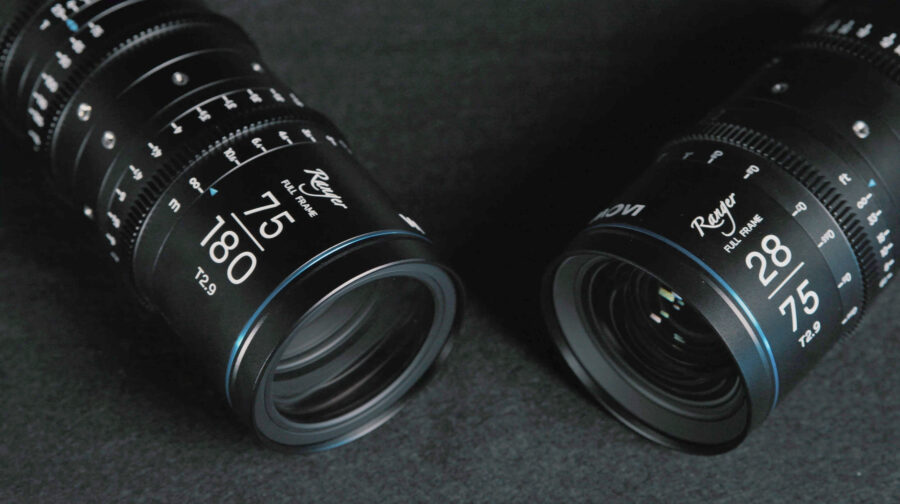
It’s important to point out, that many of these more affordable cinema zooms are made for Super35mm and not full-frame sensors. The reason for it is simple: It’s difficult to make a full-frame cinema zoom and keep the size, weight, and price down simultaneously.
The obvious: Laowa Ranger specs
In comes Laowa with their Ranger series and somehow they seem to have found a solution to the problem. The Laowa Ranger 28-75mm and the 75-180mm are both less than 20cm or 7.5 inches long, weigh only 1.4 kilograms or just over 3 pounds each, and both feature a fast T2.9 aperture.
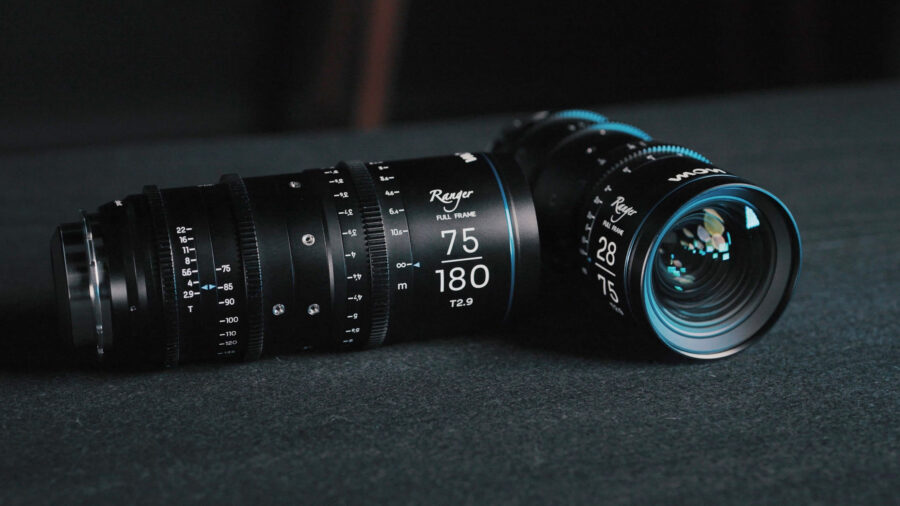
Only recently, they announced even lighter versions of both these zoom lenses, which shed about 10 percent of their weight – this might not sound like a lot, but in fact, it will make it easier to balance them on a gimbal with a small camera, so that’s very welcome.
Third lens in the Laowa Ranger line-up is coming
The zoom range is decent and covers much of what is needed in day-to-day shooting scenarios. Laowa also announced that there will be a third, wider zoom added to the lineup, covering 16 to 30mm.
This will complete the line and provide a huge range covering all the focal range needs of a documentary filmmaker like me.
Non-digital look with pleasant sharpness
A Laowa Ranger review also needs some footage – and looking at what I got with the lenses, they strike a nice balance between sharpness and a non-digital look that doesn’t attract too much attention to itself. It seems like these are great all-rounder lenses for individual projects. The closest comparison to the Laowa Rangers will be the DZOFILM Catta zooms, which are also made for full-frame sensors, and which I reviewed earlier.
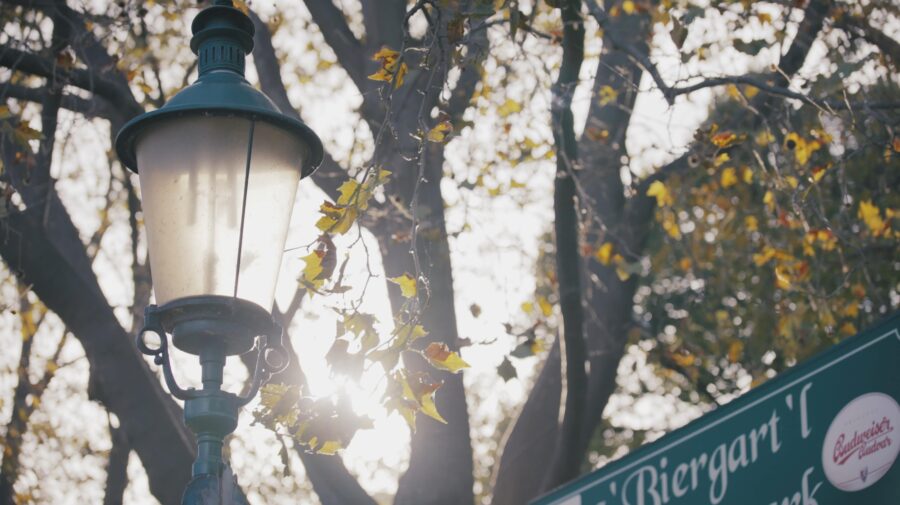
The Laowa Rangers look distinctively less “vintage” than the Catta Zooms, giving an overall sharper look, which is welcome and makes them very versatile as regular take-with-me-anywhere zoom lenses.
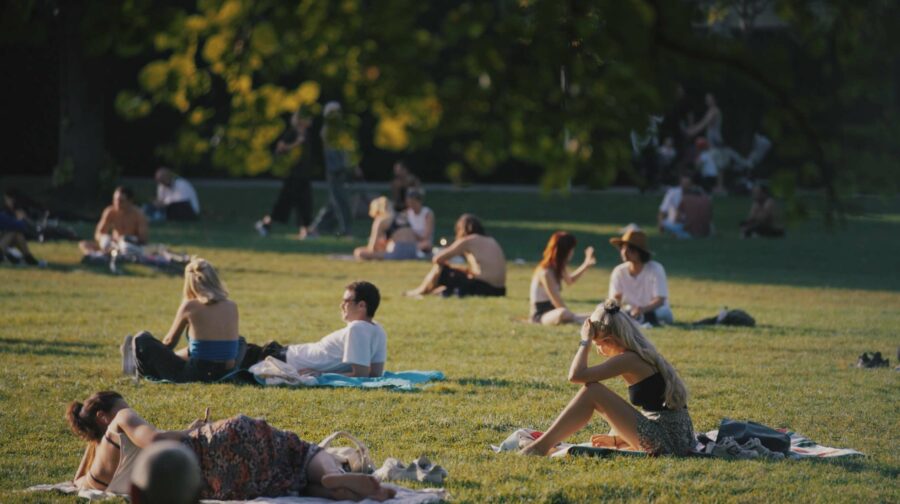
Front diameter, focus throw, barrel movement
Apart from their identical weight, it’s also great that both Laowa Ranger lenses share an 80-millimeter diameter for clamp-on matte boxes and a 77-millimeter filter thread for screw-on filters. The lenses use standard .8 pitch gears for zoom, aperture, and focus barrels. When you swap between the lenses on your camera, you will not have to move the follow focus because the positions of the gears are identical on both lenses.
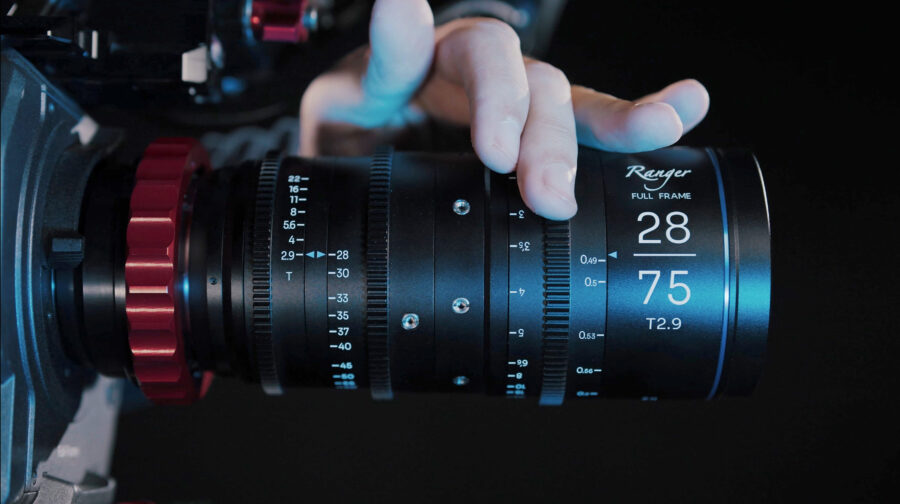
Distances are marked in both feet and meters on the lenses. The focus throw is 270 degrees, so maybe a little bit too much to rack focus from macro to infinity without a follow focus, but perfect to control with something like a Tilta Nucleus M remote follow focus system. When rotating the barrels, you can feel some minor inconsistencies, but nothing too noticeable, which is a decent result considering the price bracket of these lenses.
Laowa Ranger mount options
Having a set of manual cine zoom lenses like the Laowa Ranger Cinema Zooms means that versatility is key – of course, there’s no autofocus, as is common with cinema zoom lenses, but that has the upside of interchangeability, allowing them to be used on practically any camera with their interchangeable mount.
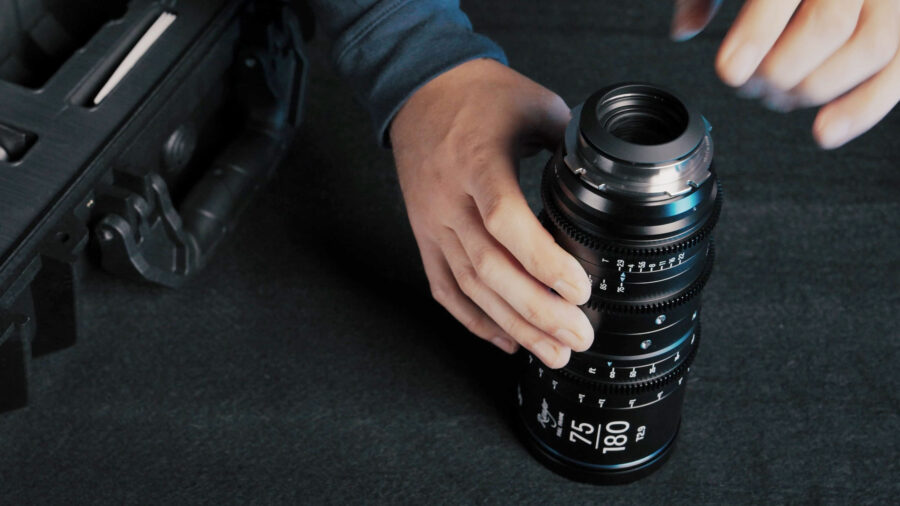
And in terms of that mount interchangeability, they are among the most versatile cinema zooms I have ever come across. By default, the Laowa Rangers come with a PL mount, but you can swap it yourself for the included EF mount. Optionally, you can also buy RF, E, Z, and L mounts for these lenses, or you can simply use an adapter like a Metabones to adapt the EF or PL version of the lenses on a shorter flange distance mount.
Convenient back focus adjustment without shimming
What’s great is that you can adjust the back focus of the Laowa Ranger lenses using a built-in ring at the back of the lenses, instead of having to shim your lenses when changing mounts.
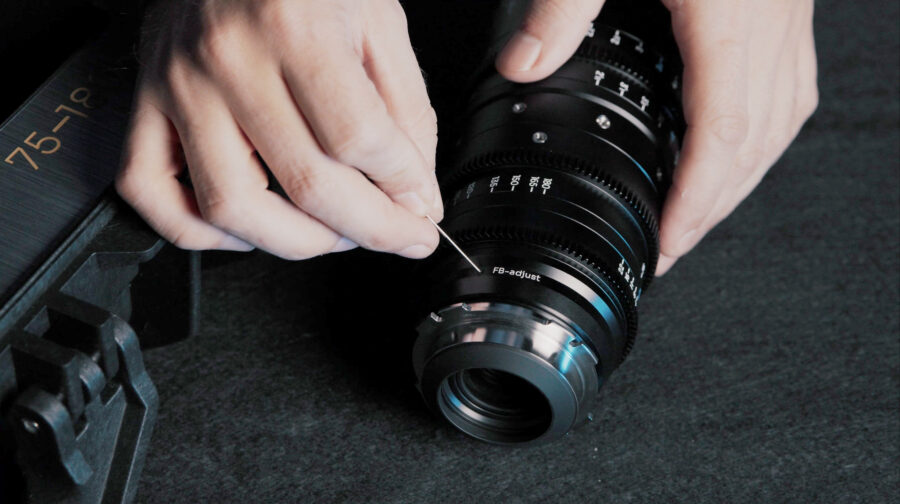
That’s something we know particularly well from broadcast lenses, but it’s great that Laowa puts this feature into a cinema zoom, which makes the lives of owner-operators who use their lenses on various camera types easier, as well as saving a lot of time for rental houses as this is simply a faster process than shimming a lens.
Covering full-frame – and beyond?
As mentioned earlier, part of the Laowa Rangers’ versatility also comes from their coverage of full-frame sensors. If you go beyond the size of a normal full-frame sensor and try them, for example, on a RED VistaVision sensor, you might run into some vignetting with these lenses.
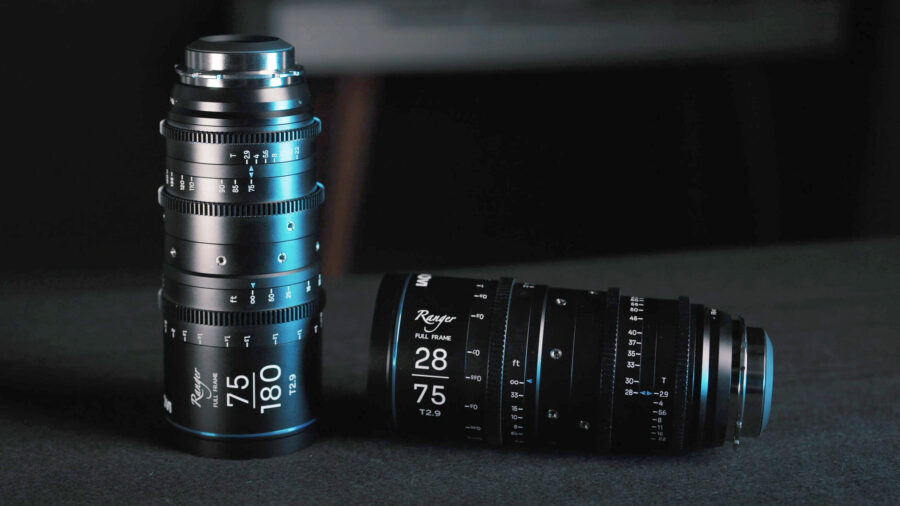
To find out exactly if the Laowa Rangers will cover the sensor of your choice, head over to the CineD Databases and check with our Lens Coverage Tool. There, you can combine any lens with any camera sensor in any of their shooting modes to see if a sensor is covered by a particular lens.
Sharpness tests
Building full-frame cine zoom lenses with a range of 28-75 millimeters and 75-180 millimeters in such small, almost identically-sized packages, is no easy feat – but does it come with compromises to the performance of those lenses? For this Laowa Ranger review, we ran our series of technical tests to find out.
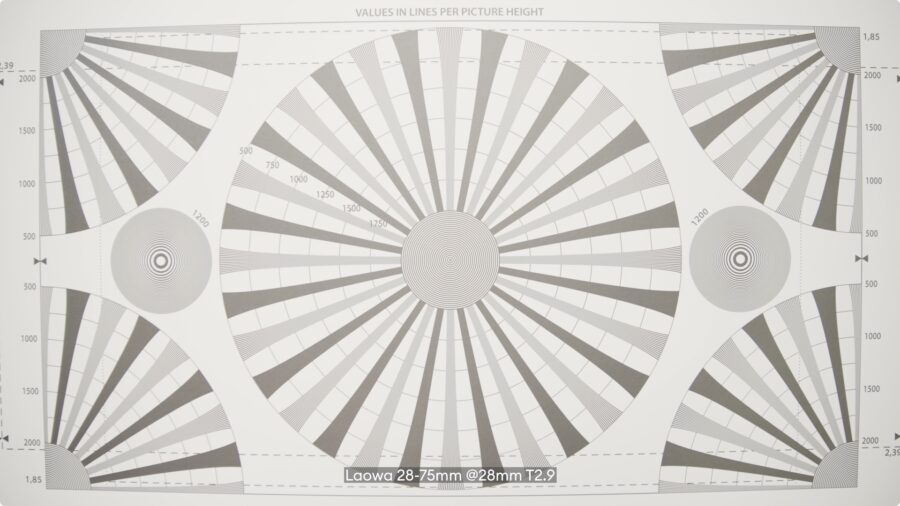
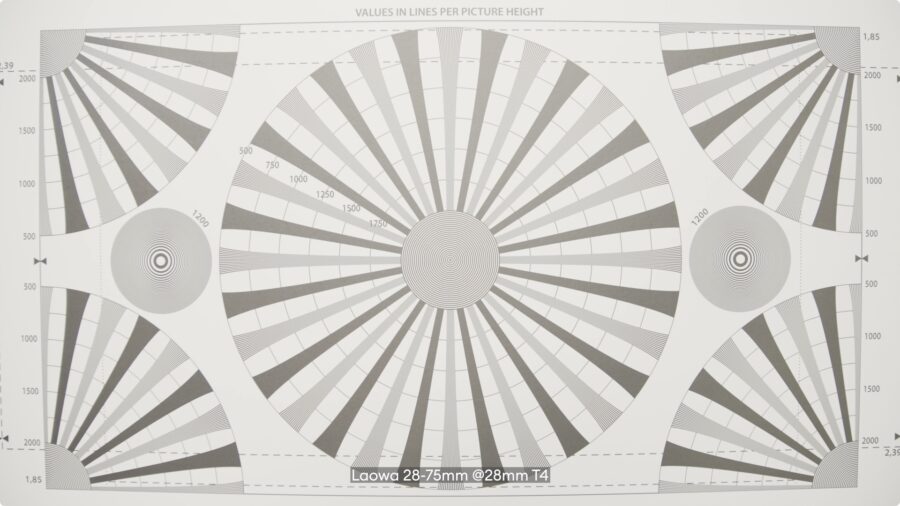
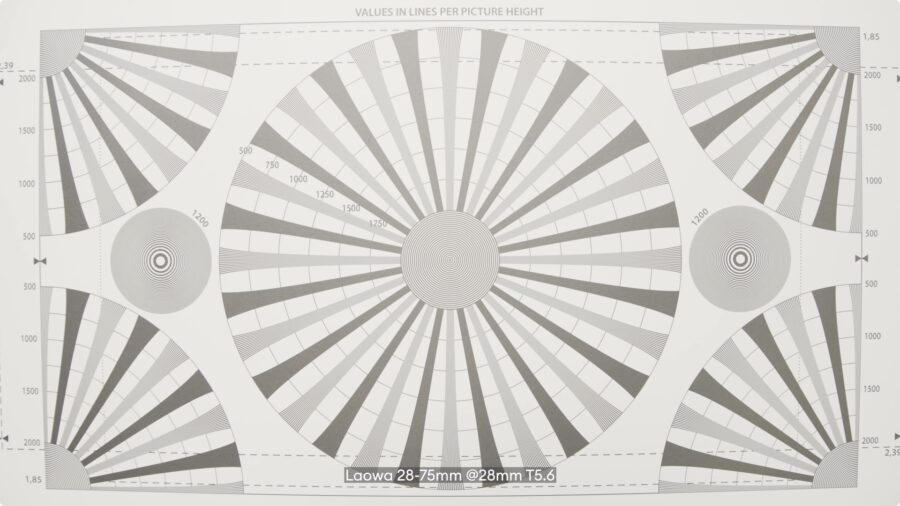
First, let’s look at sharpness. Looking at the wider zoom lens at its starting focal range of 28mm at T2.9, we can see that the lens is quite sharp, not only at the image center but also in the corners with only minor sharpness falloff – not every lens performs this well in the corners when shooting wide open. Of course, when stopping down to T4 and T5.6, sharpness is usually getting better, but we see almost no difference in comparison to an already good performance at T2.9.

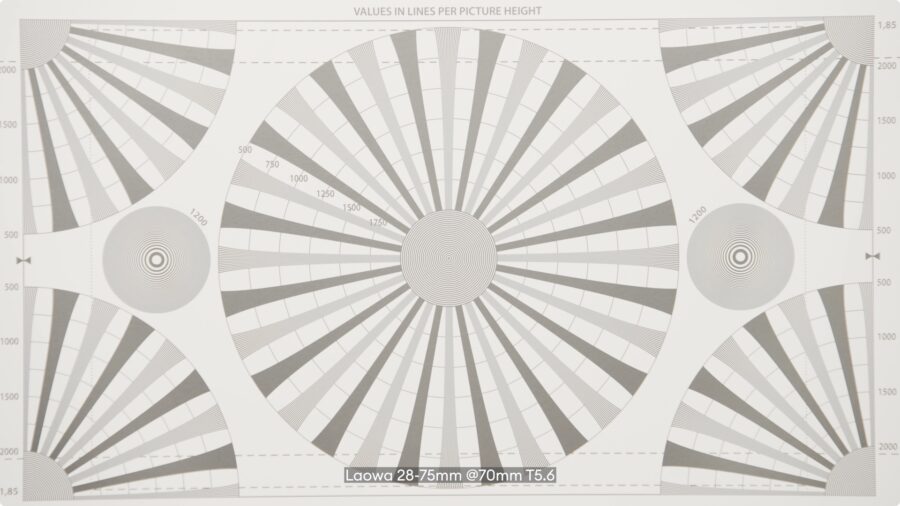
Corner sharpness seems to decrease on the 28-75mm when zooming in further, with less sharpness in the corners at 70mm, for example, but still totally within reasonable limits.
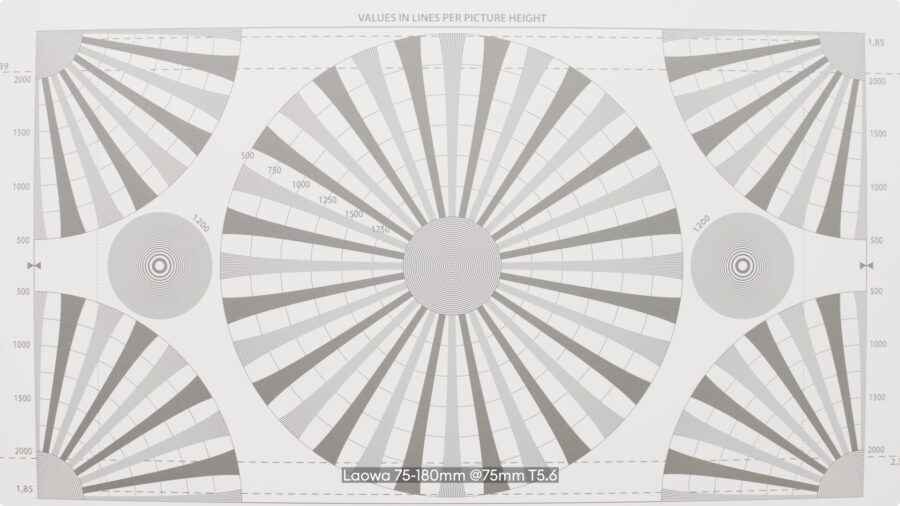
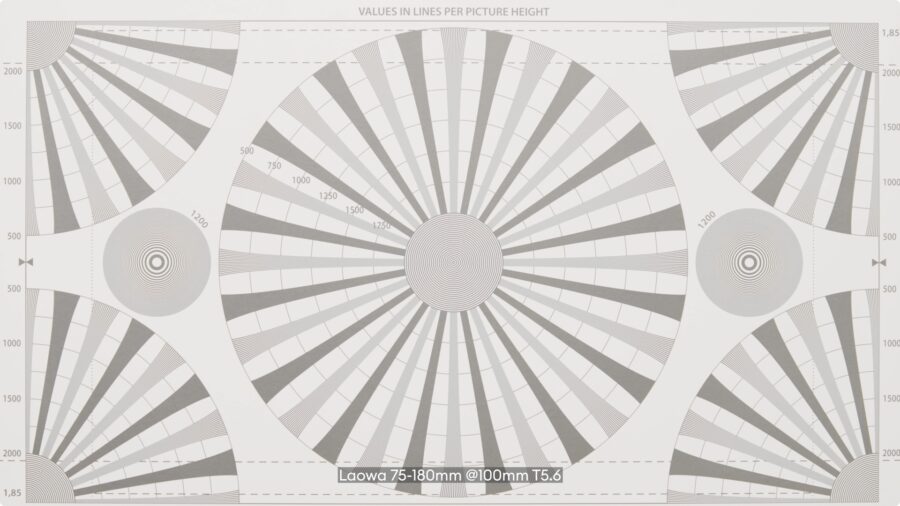
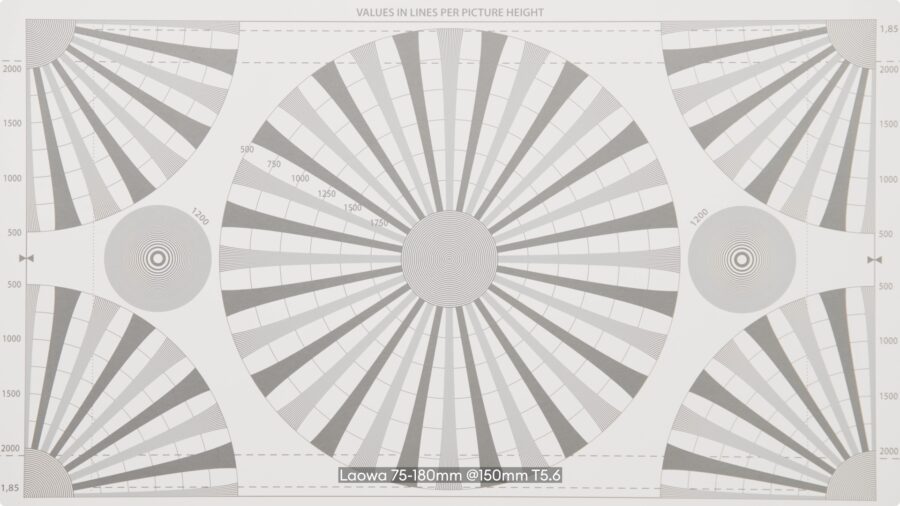
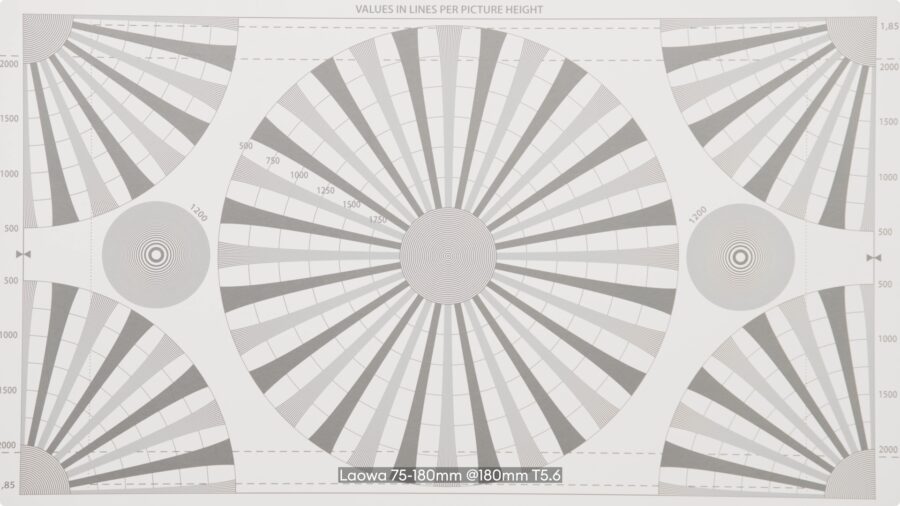
I see very similar, maybe slightly better corner sharpness throughout the range of the 75-180mm lens. With the longer zoom lens, corner sharpness also seems to be more consistent with hardly any visible change.
Distortion tests
Now let’s shift our attention to distortion, and let’s look at those recordings again. At 28 millimeters with the wider zoom lens, we can see some visible barrel distortion. This is an expected compromise at the wide end of a wide zoom lens that’s built with a comparatively small diameter front element like this Laowa Ranger lens. It’s a trade-off I am happy to make as a documentary filmmaker in exchange for having a compact lens – and it’s also an issue that disappears quite quickly when zooming in. At 35 millimeters, that distortion is only minimal, and at around 50 millimeters, it disappears.
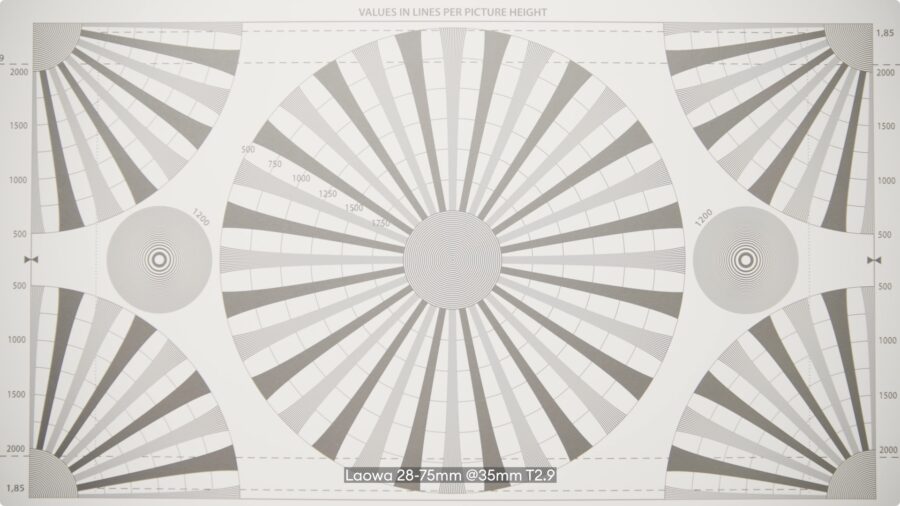
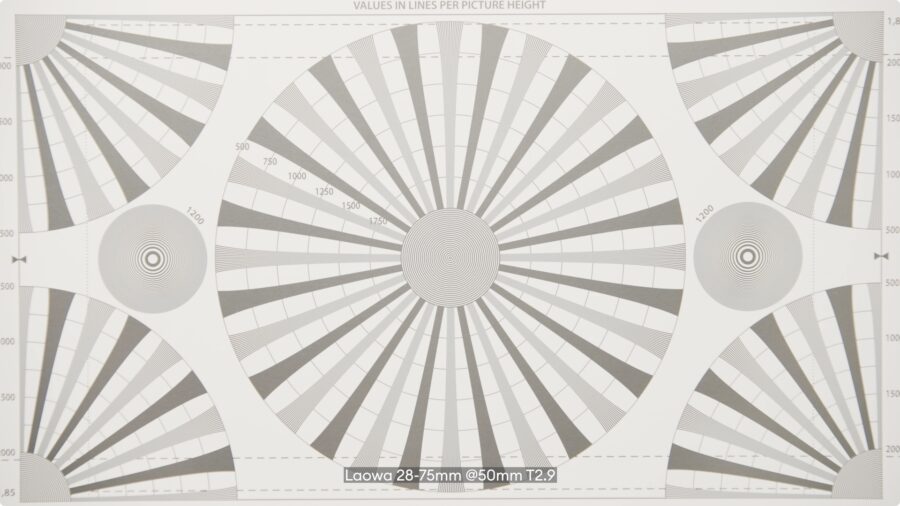
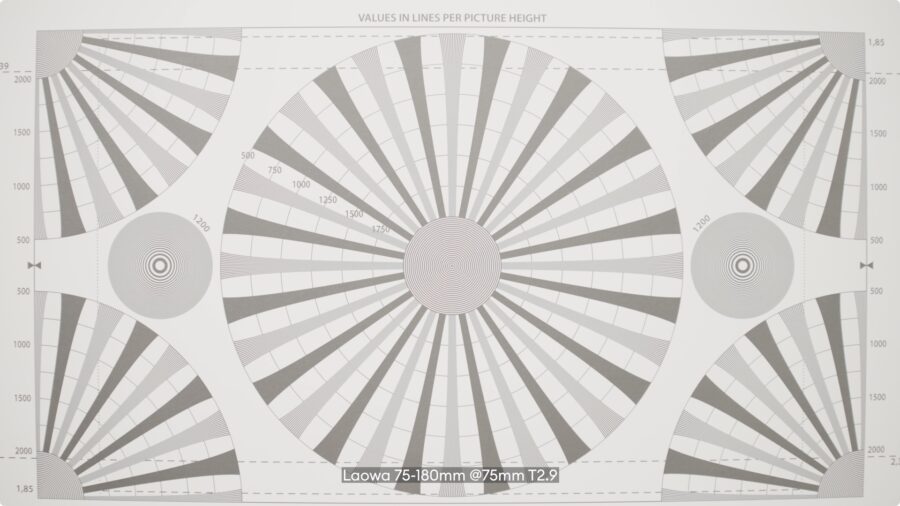
It’s noteworthy that with the longer 75-180mm lens, there is a little bit of barrel distortion visible at 75 millimeters but much less than at the wide end of the 28-75mm lens. This means that when required to shoot at a 75-millimeter focal length, I recommend using the wider of the two zoom lenses to get less distortion. But of course, there is a similar story here with the 75-180mm lens – the distortion disappears almost immediately when zooming in from 75 millimeters.
Focus breathing & parfocal tests, minimum focus distance, bokeh
Focus breathing within these lenses exists, but seems quite controlled. The 28-75 performs better in that regard than its longer focal-length brother, but that’s to be expected.
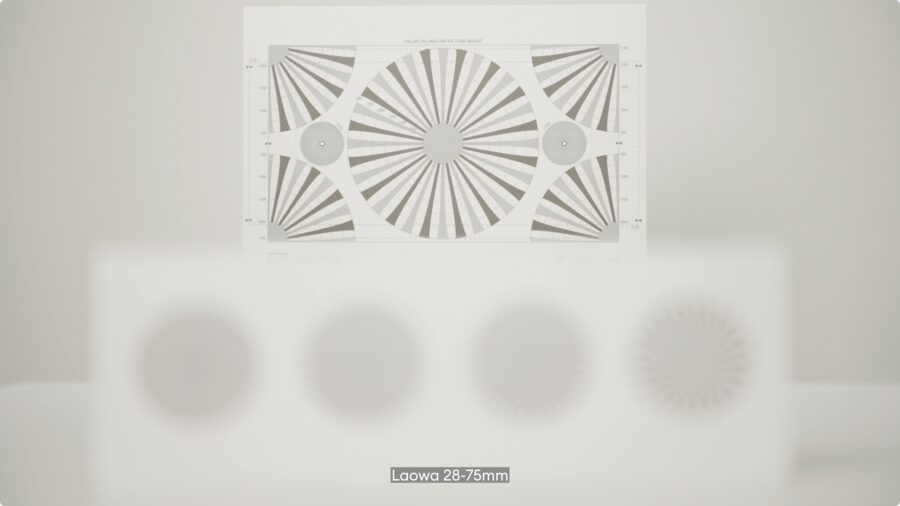
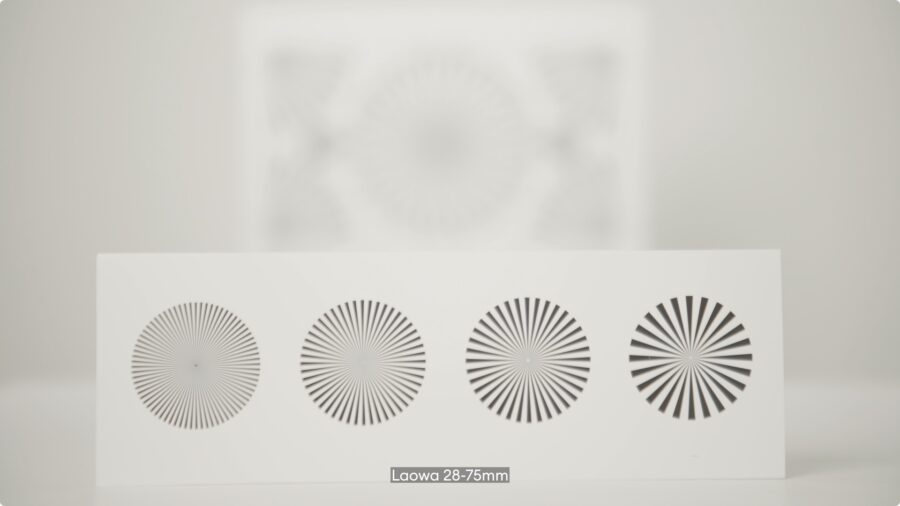
One of the features that make cinema zoom lenses stand out from photo zoom lenses is the fact that they should be parfocal, and the Laowa Ranger lenses both stand out in that regard. When you change the focal length with a parfocal zoom lens, the focus at the center is maintained. With the Rangers, we sometimes observe a slight, hardly noticeable focus shift when changing the focal length, but for the price of these lenses, the performance is impressive in that regard. Making parfocal zooms is no easy task, and it’s one of the reasons why high-end cinema zooms are a lot more expensive, but the Rangers do a decent job considering their position in the market.
The minimum focus distance for the 28-75mm is 49 centimeters or 1 foot 7 inches, and 75 centimeters or 2 foot 11 inches for the 75-180mm lens. These are quite decent minimum focus distances, especially for the wider zoom.
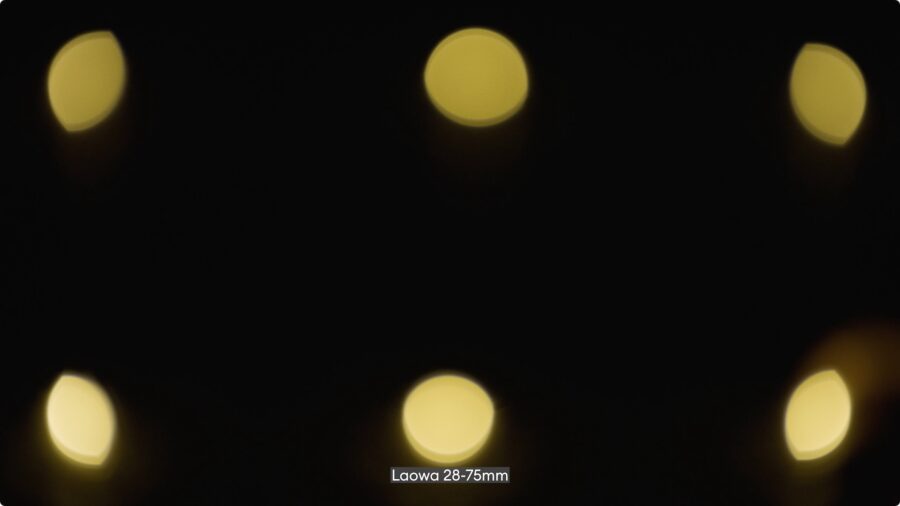
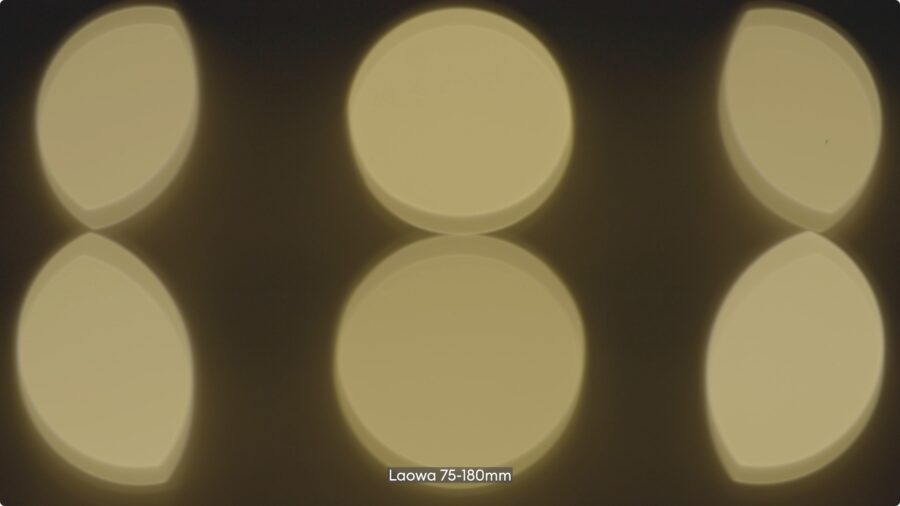
Bokeh looks nice and I would call it “cinematic looking” although you can recognize the nine-blade iris by the shape of the out-of-focus highlights, especially at the wider focal lengths. Chromatic aberration is controlled but seems to be more visible with the longer 75-180mm lens.
Conclusion: great price/performance all-rounder zoom lenses
Wrapping up my review on the Laowa Ranger, I have to say I enjoyed my time with these zooms and I think they are already finding a good spot in the market.
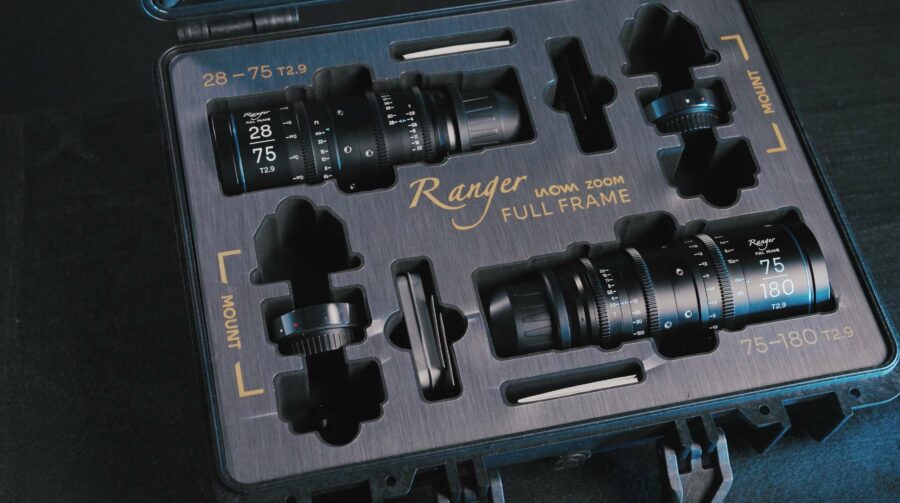
The price/performance ratio is certainly great as they can surely replace a lot of other lenses in everyday shooting scenarios due to their small size and weight, speed, zoom range, and look. Talking about the look they produce, I like how much they make natural-looking, sharp images that look alike, with very little distortion and hardly any other image problems. The image looks cinematic and definitely like it’s coming from much more expensive lenses. Overall, I recommend the Laowa Rangers if you are looking for cinema zooms that punch well above their weight, cover the full zoom range, and don’t break the bank.
Do you prefer to work with Zoom or fixed focal length Cine Lenses on your productions? Did you have a chance to work with the Laowa Ranger Zoom Lenses? Please share with us your thoughts in the comment section below.






